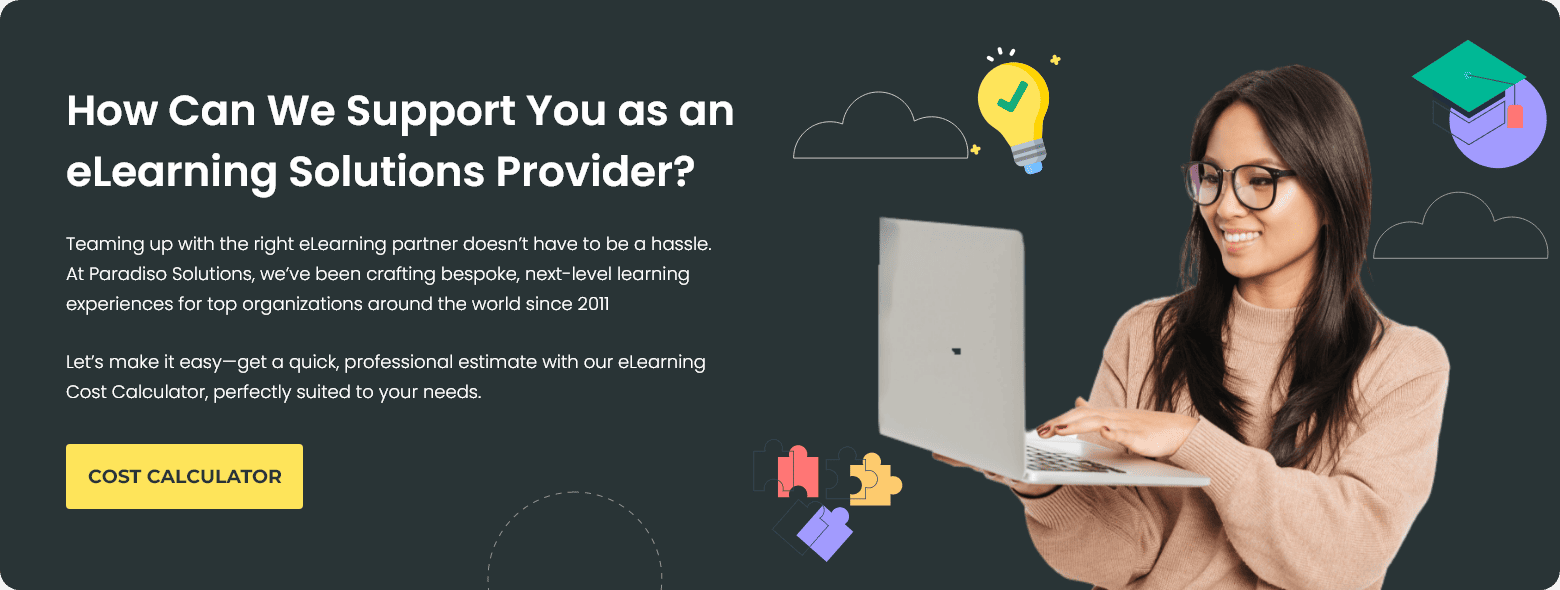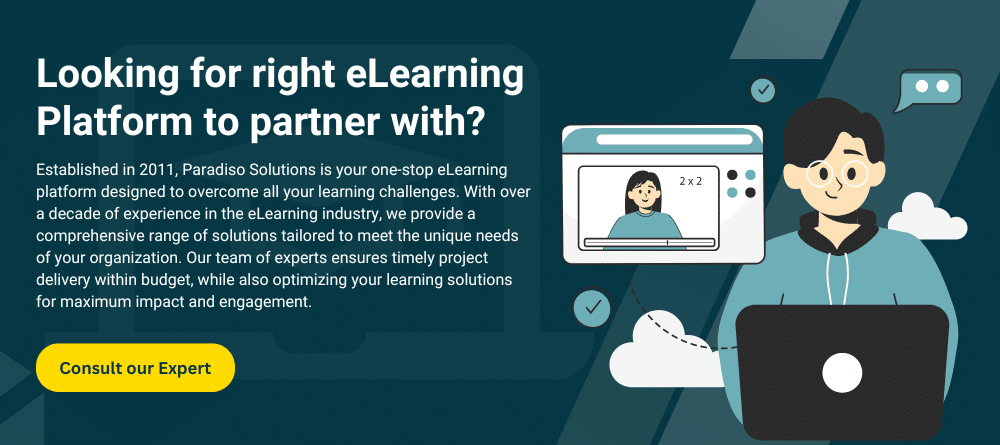Are you finding it challenging to create eLearning courses that truly engage your learners? You’re not alone. The demand for effective online education solutions is skyrocketing, and the eLearning market is projected to reach $325 billion by 2025. Yet, many educators and organizations struggle to develop courseware that captivates and retains learners’ attention.

We have
something for you!
Are you still figuring out which LMS is the best? Grab the chance to explore the LMS Buyer's Guide and get started.

















